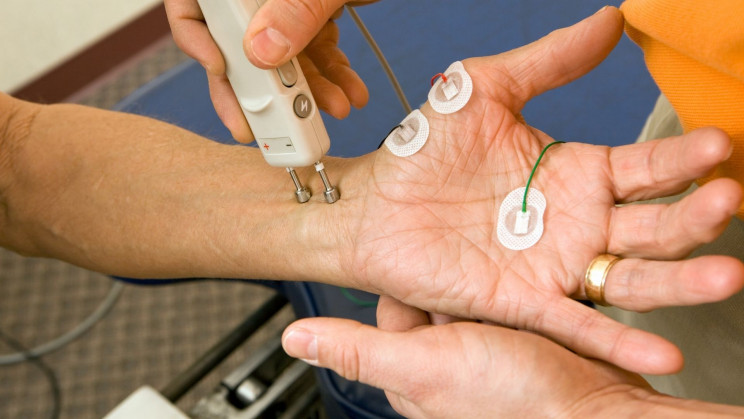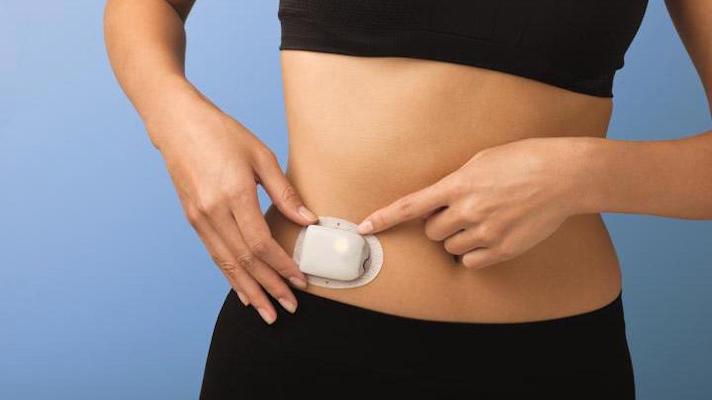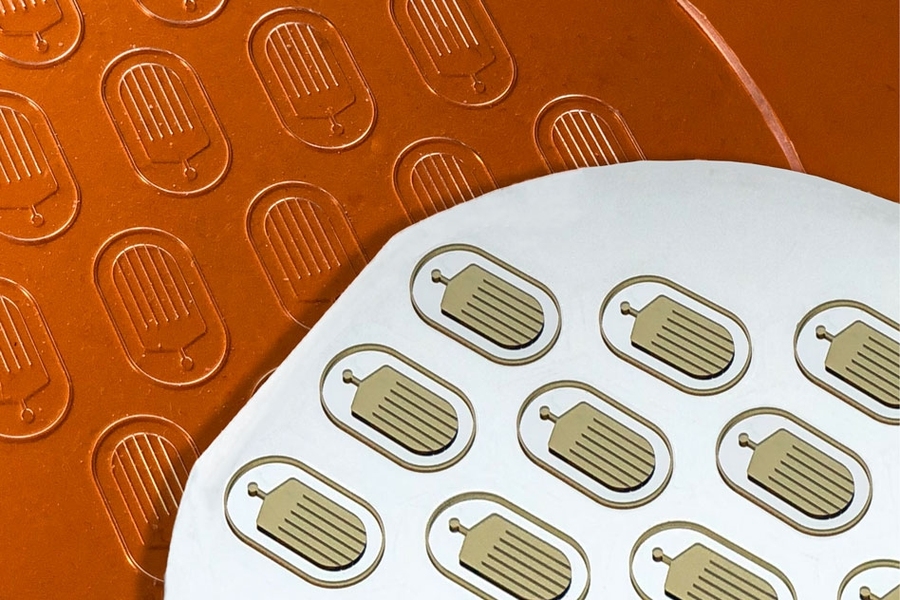Scientists discover way to make pig organs compatible to humans was reported by Abigail Klein Leichman for Israel21c.org, 23 August 2021. Surgeons would be able to order hybrid organs – a pig organ with a human lining of blood vessels – that could help solve the acute shortage of organs for transplant. As there is a shortage of pancreases – only 1 pancreas is available per cadaver … and it must be from a cadaver as a living person cannot donate his/her own pancreas.
 An Israeli scientific breakthrough could allow pig organs to be transplanted into humans. This is a promising solution to an acute shortage of organs for transplant. The domestic pig is an excellent potential source of donor organs for humans. Pigs are easily available, and their organs are closer in size to human organs than are organs of non-human primates. The problem is that pig organs are rejected by the human body, explains Dr. Shahar Cohen of Israel’s Rabin Medical Center.
An Israeli scientific breakthrough could allow pig organs to be transplanted into humans. This is a promising solution to an acute shortage of organs for transplant. The domestic pig is an excellent potential source of donor organs for humans. Pigs are easily available, and their organs are closer in size to human organs than are organs of non-human primates. The problem is that pig organs are rejected by the human body, explains Dr. Shahar Cohen of Israel’s Rabin Medical Center.
“Now we can modify pig organs in a way that the human immune system won’t recognize them as pig organs. That would mean an unlimited supply of organs.” This would answer a huge unmet need, Cohen tells ISRAEL21c. “Statistics show that more than 100,000 people in the United States alone are waiting for lifesaving organs, and 20 [Americans] die every day waiting for organs. The true numbers probably are much higher,” he says.
 Cohen explains that the rejection process is known to begin in the innermost layer of the lining of blood vessels in the donor organ. This layer of cells, the interface between donor and recipient, tips off the immune system to the presence of a foreign organ. The immune system responds by activating the rejection process. Antirejection medications prevent that activation, but only when the foreign organ is human. “We thought, why remove everything rather than target the most important player – the internal lining of the blood vessels?” says Cohen. The removed animal cells would be replaced by human-derived cells that would respond to antirejection meds.
Cohen explains that the rejection process is known to begin in the innermost layer of the lining of blood vessels in the donor organ. This layer of cells, the interface between donor and recipient, tips off the immune system to the presence of a foreign organ. The immune system responds by activating the rejection process. Antirejection medications prevent that activation, but only when the foreign organ is human. “We thought, why remove everything rather than target the most important player – the internal lining of the blood vessels?” says Cohen. The removed animal cells would be replaced by human-derived cells that would respond to antirejection meds.
“We have showed so far the ability to replace the entire vascular lining. Next, we’ll do studies in animals and then in humans. In approximately five years we should be able to perform the first human clinical trials transplanting hybrid organs — pig organs with a human lining of blood vessels.” Cohen believes the approach can be applied to any body part that can be replaced.
Read more: Scientists discover way to make pig organs compatible to humans
New Brain Implant Restores Sense of Touch on Fingertips was reported by Fabienne Lang for InterestingEngineering.com, 24 August 2021. The little electrode brain implant has the potential to help millions of people living with paralysis and neuropathy.
 Researchers at The Feinstein Institutes for Medical Research managed to evoke the sense of touch in fingers using a minimally invasive electrode brain implant. The study, a first-in-human one, offers the potential to change the lives of millions of people around the world. The details were published in the journal Brain Stimulation.
Researchers at The Feinstein Institutes for Medical Research managed to evoke the sense of touch in fingers using a minimally invasive electrode brain implant. The study, a first-in-human one, offers the potential to change the lives of millions of people around the world. The details were published in the journal Brain Stimulation.
Researchers had previously managed to restore some sensation in the hand through brain-computer interface technology. This new research, however, goes a step further by stimulating harder-to-reach areas in the brain, known as sulcal areas, using electrodes that elicit precise feelings in the fingertips.
This breakthrough may lead the way to a future clinical option, the study’s co-principal investigator, Chad Bouton, professor in the Institute of Bioelectronic Medicine at the Feinstein Institutes, believes.
Read more: New Brain Implant Restores Sense of Touch on Fingertips
Tubeless Insulin Pump Therapy tied to Good Glycemic Control and Low Frequency of DKA in Diabetes was discussed by Dr. Shravani Dali for MedicalDialogues.in, 26 August 2021.
 Tubeless insulin pump therapy is significantly associated with decrease rates of severe hypocalcemia (SH) and diabetic ketoacidosis (DKA) primarily in pediatric and adolescent population that is prone to these complications, as found in a new study, published in Diabetes Technology & Therapeutics. Despite the typical age-dependent increase in HbA1c through adolescence, glycemic control with tubeless insulin pump use compares favorably with other large registry data. In addition, high treatment retention rates were observed in patients with Type 1 diabetes of all ages initiating tubeless insulin pump use.
Tubeless insulin pump therapy is significantly associated with decrease rates of severe hypocalcemia (SH) and diabetic ketoacidosis (DKA) primarily in pediatric and adolescent population that is prone to these complications, as found in a new study, published in Diabetes Technology & Therapeutics. Despite the typical age-dependent increase in HbA1c through adolescence, glycemic control with tubeless insulin pump use compares favorably with other large registry data. In addition, high treatment retention rates were observed in patients with Type 1 diabetes of all ages initiating tubeless insulin pump use.
The study was conducted by a group of researchers from Germany and Austria to characterize patients with diabetes treated with a tubeless insulin pump (Omnipod Insulin Management System), and to evaluate the frequency of acute complications with long-term use of the system.
Read more: Declining Frequency of Acute Complications Associated with Tubeless Insulin Pump Use
Living drug factories? was published by TheSugarScience.org, 15 August 2021.
 MIT researchers have found a new way to treat diabetes using transplanted islet cells that produce insulin when blood sugar levels are too high. By encapsulating therapeutic cells in a flexible protective device, they were able to prevent immune rejection while still allowing O2 and other critical nutrients to reach the cells. Even better, these encapsulated cells have the ability to release insulin or other proteins whenever they are needed.
MIT researchers have found a new way to treat diabetes using transplanted islet cells that produce insulin when blood sugar levels are too high. By encapsulating therapeutic cells in a flexible protective device, they were able to prevent immune rejection while still allowing O2 and other critical nutrients to reach the cells. Even better, these encapsulated cells have the ability to release insulin or other proteins whenever they are needed.
In a Study with Mice:
-
- Genetically engineered human cells remained viable for about five months
- It may be possible to extend their viability for long-term treatment of chronic diseases
- Transplanted rat islets inside microdevices maintained normal blood glucose levels for more than 10 weeks
The researchers also tested this approach with human embryonic kidney cells that were engineered to produce erythropoietin, a hormone that promotes red blood cell production. The therapeutic human cell:
-
- Survived in mice for at least the 19-week duration of the experiment
- Led to an increase in the red blood cell count in the animals which was sustained for the duration of the experiment
The takeaway? Researchers showed that they could program transplanted cells to produce a protein in response to a small molecule drug. This programming allows for on-demand production of a protein or hormone when it is needed. This “living drug factory” could be beneficial for treating any kind of chronic disease that requires constant doses of a protein or hormone.
Read more: Living drug factories?




Oink Oink
Sign me up twice or three times. Let’s get that insulin wheel rolling. Hey, my cousin’s husband is a big hog producer. Do you figure I can hope up there and get me a pancreas and get that puppy installed, if I keep it warm?